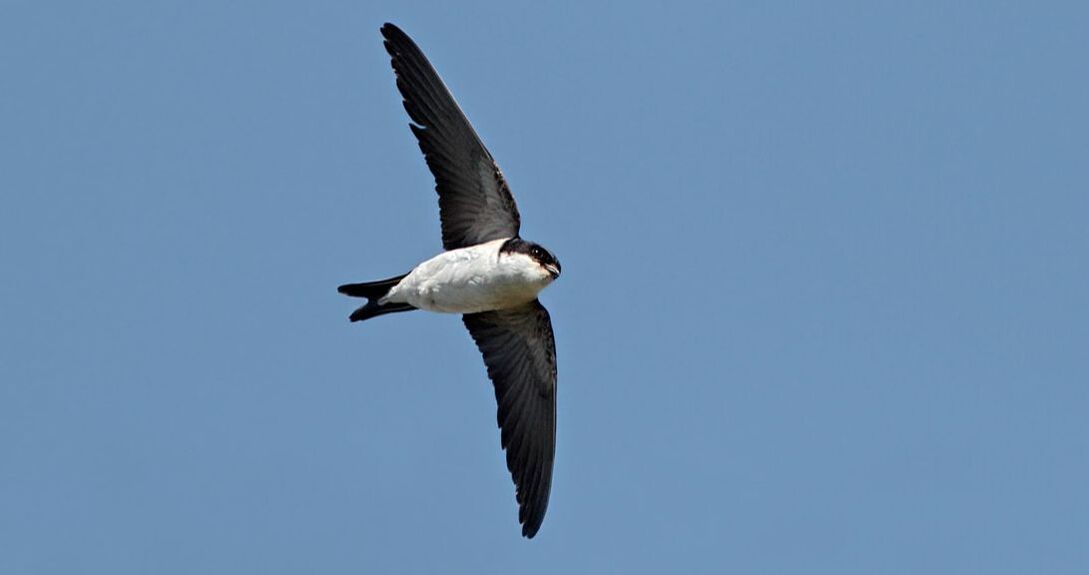|
Common Scoters are on the move. Thousands of these seaducks wintered in Liverpool Bay, and smaller numbers in Cardigan Bay, head east across England and the North Sea to breed in Russia and northeast Europe. Poor weather during their overnight flight forces some to seek shelter at inland lakes, such as a female on Shotwick Lake on Monday.
The departure of winter migrants is a sign of spring as much as arrivals from southern Europe and Africa. More than 100 Pale-bellied Brent Geese on the Foryd, west of Caernarfon, yesterday will be among the last to arrive in their breeding areas; these high Arctic birds must wait for the snow to clear in eastern Canada in late May before they can nest. Summer migrants last week include House Martins at RSPB Conwy on Saturday and Aberdyfi on Sunday, the earliest this century in the recording areas of Meirionnydd and Denbighshire (which includes much of North Wales east of the River Conwy). The first Willow Warblers were ringed on Bardsey and at Bagillt last week, and Tree Pipits were recorded over Penrhyn Bay. A Turtle Dove flying south over South Stack with a couple of Collared Doves was an intriguing record. Now a scarce visitor to Wales in the face of a 99% decline in UK breeding numbers since the 1960s, the early date might suggest it overwintered in Britain. Sand Martins and Wheatears have been more widespread this week, and an early Redstart was reported near Flint. An Osprey fished at Aled Reservoir last week, and North Wales’ nesting birds should arrive this week. A Snow Bunting is at Cemlyn, Black-necked Grebe with at least three Slavonian Grebes in Beddmanarch Bay, and Black-throated Diver in Holyhead harbour. Six Waxwings in Flint last week could well be back in Scandinavia by now.
0 Comments
Leave a Reply. |
Bird notesA weekly update of bird sightings and news from North Wales, published in The Daily Post every Thursday. Archives
July 2024
Categories |

 RSS Feed
RSS Feed
